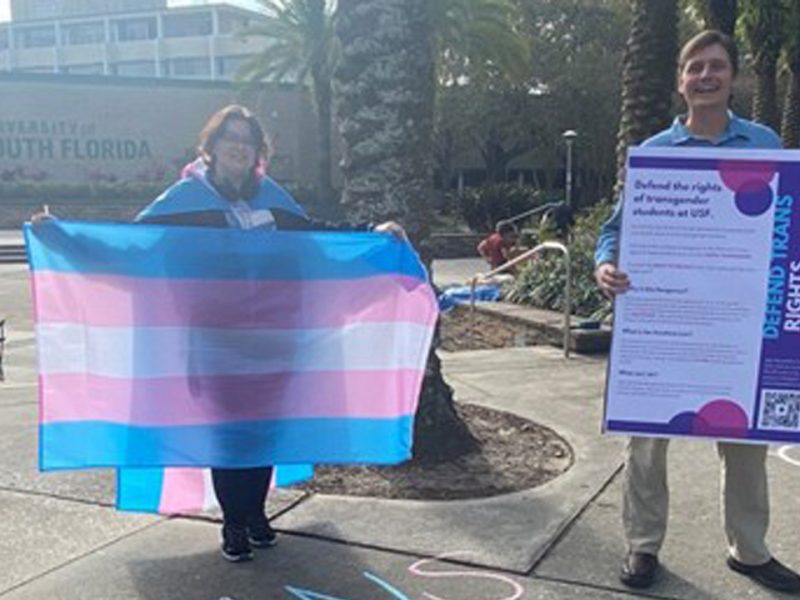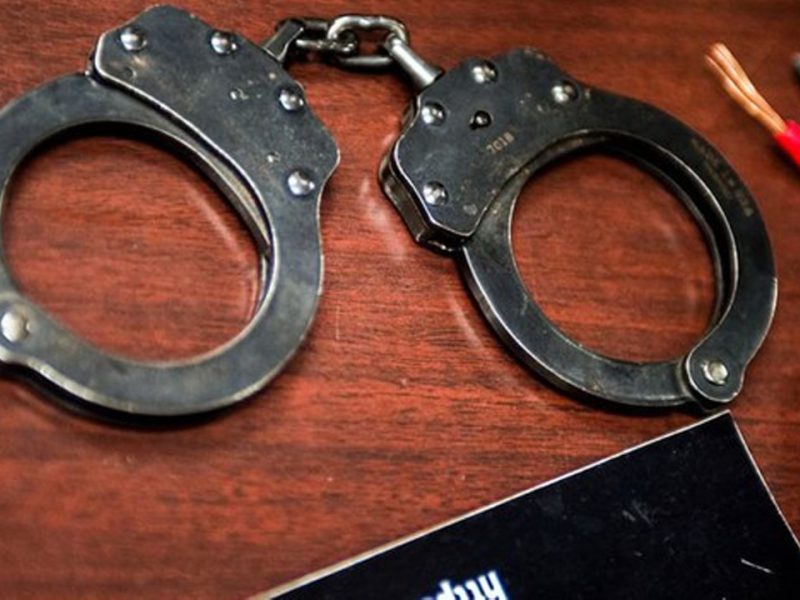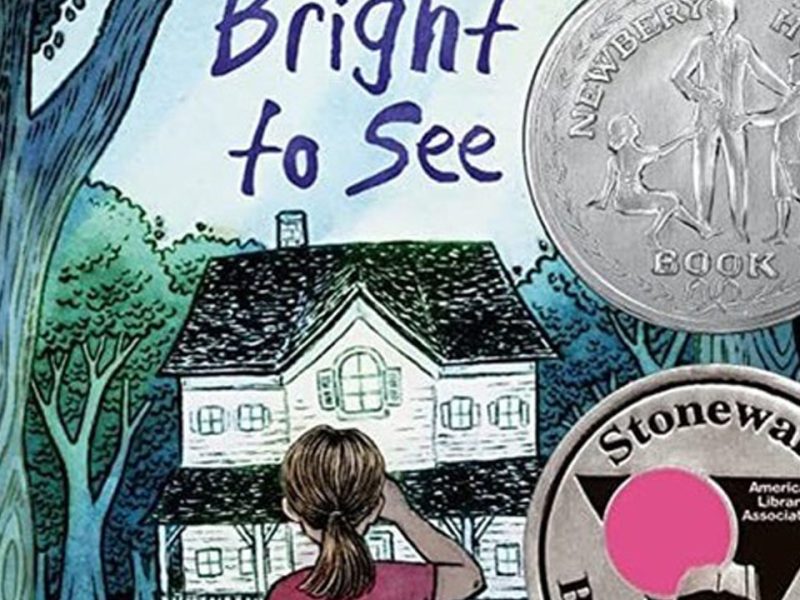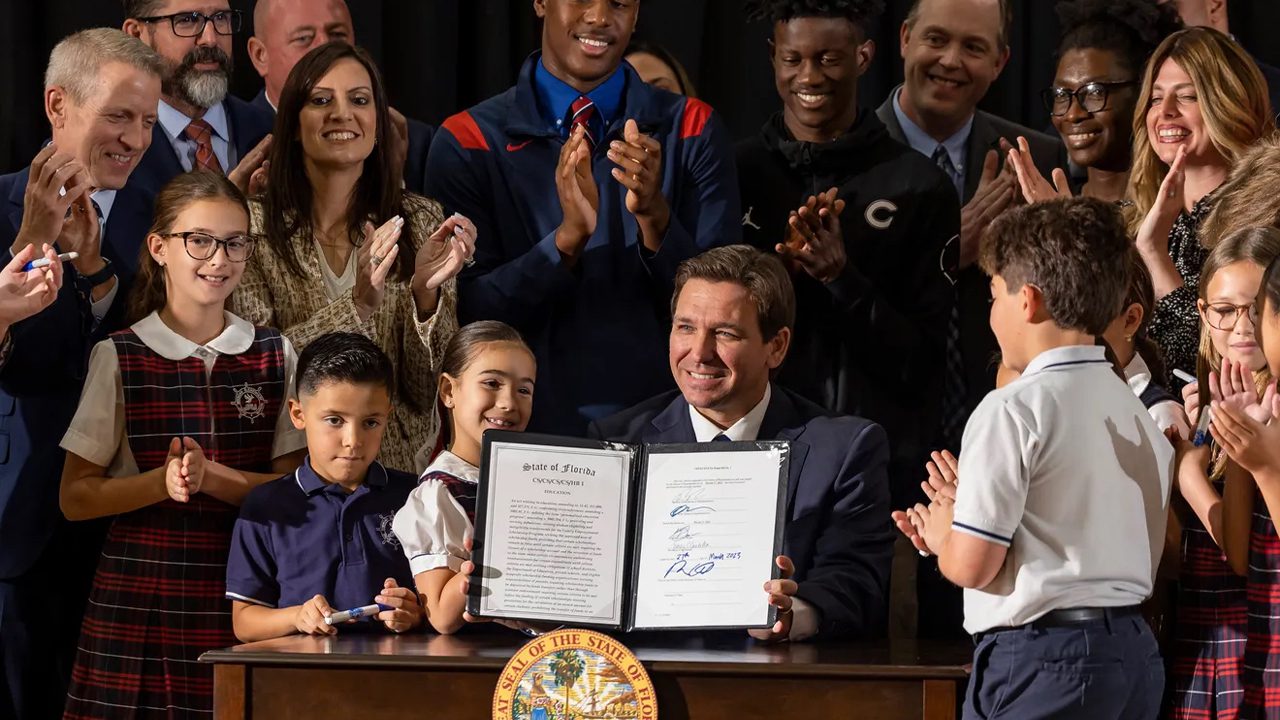
Public schools have ‘never competed’ with private schools, until now. How will they fare?
There are 180 public schools and 161 private schools in Palm Beach County now vying for the same students.
The Palm Beach Post | By Katherine Kokal | July 8, 2023
For first time, the Palm Beach County School District will actually need to start convincing parents to send their kids to public school.
That’s because Florida’s expanded school voucher program, which went into effect July 1, opens the door for parents of all incomes to use taxpayer money for tuition at private schools. That money is taken away from the student’s public school district at a cost of about $8,000 per student. In March, Gov. Ron DeSantis signed legislation that removed the previous income and enrollment limits on the program.
The program has left loads of uncertainty in the school district’s budget, but one thing remains clear to school leaders: Public schools need to better “market” themselves if they’re going to compete.
Superintendent Mike Burke announced an idea in the spring to market public schools to families weighing their options. The district launched a kindergarten registration campaign to get Palm Beach County’s youngest students in public school classrooms. Their thinking was that if students start in public school, they’re more likely to stay.
Among the first orders of business for the district’s new chief communications strategist will be expanding its marketing campaign to try to prove to parents considering vouchers that public schools are their best choice.
“I think we’re going to have to dedicate real resources to this beyond our website,” Burke said. “We’ve been competing with charter schools for 20 years. We’ve never competed with private schools.”
New voucher options arrive on Florida’s education scene at a time when public school districts are fighting pressure from fringe candidates, library book bans and new limitations on what teachers can talk about in the classroom.
Coupled with new obligations to pay millions for private school vouchers, some education experts say Florida is eroding its public education system altogether.
“It’s hard not to look at all of this and grieve,” said Joshua Cowen, a professor of education policy at Michigan State University. “Every school has a pitch. What’s different now, particularly in Florida, you’re going to see schools thinking very carefully about how to market themselves vis-à-vis the culture war stuff.”
Private schools in Palm Beach County nearly equal number of public schools
Not all private schools in Palm Beach County are religious schools, and they’re also separate from charter schools, which are public schools run by private companies.
Palm Beach County is home to 161 private schools registered with the Florida Department of Education as of July 6. Of those schools, 44% are religiously affiliated.
And most accept vouchers.
While 109 private schools accept Family Empowerment Scholarships right now, Burke anticipates that number growing over the next several months.
“I think we’re going to see proliferation of small, ‘mom-and-pop’ private schools,” he said. “Private schools in a strip mall where people think they can turn a profit.”
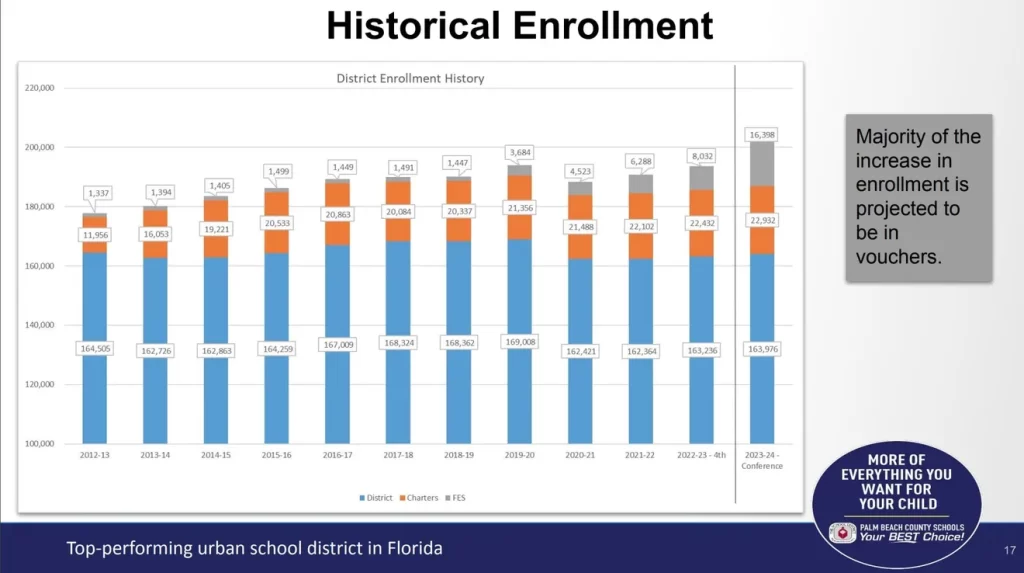
In a piece for Time magazine, Cowen highlighted the short-lived popularity of “pop-up” schools Burke is concerned about that establish themselves to cash in on pay-outs from voucher programs.
Cowen pointed to a 2019 study that found 41% of “pop-up” schools in Wisconsin had closed in the years since the state expanded its voucher program in 1990. The average “survival time” for the schools was just four years. When “pop-up” schools close, students can have issues accessing their transcripts or proof of graduation.
In addition, Cowen sees students choosing vouchers as a temporary solution. In Indiana, Louisiana and Wisconsin, roughly 20% of students leave voucher programs each year because the payments on top of vouchers become too high or they are pushed out of the school for underperformance or behavior issues, Cowen wrote in his piece for TIme.
Even before the expansion of its voucher program, that number was even higher in Florida at 30%, Cowen wrote. Step Up for Students and the AAA Scholarship Foundation manage Florida’s scholarship programs.
How does a school district ‘market’ itself?
As a district of about 190,000 students and a budget nearing $5 billion, the school district already has a robust communications department that includes its Education Network TV channel, a vigorously updated YouTube channel and social-media sites for most schools.
Its annual Showcase of Schools highlights the 330 choice and career programs offered to students.
But school board members have urged district staff to go further.
“We have to put together a plan on how we’re going to get our students back,” Marcia Andrews said at a June 7 board meeting. “I know we’re working on marketing and aggressive communication. It’s almost going to have to be a recruiting plan.”
At that same meeting, the board approved hiring Angela Cruz Ledford as its new chief of strategic communications and engagement. Ledford will fill the position left by Claudia Shea, who was in the job for five years before she left for a job at the Palm Beach Civic Association in May.
When Ledford starts this month, she’ll inherit the usual challenges of bringing families up to speed for the start of school on Aug. 10. But she will also have to oversee a campaign to keep those families in the public-school fold.
Board members have briefly discussed, but not yet voted on, the possibility of hiring another strategist in Ledford’s department for the specific purpose of marketing to compete with private schools. Burke said the district has tapped into settlements from companies like BP in 2016 to fund outreach. He said individual school budgets won’t be impacted.
But the school district said it couldn’t provide a cost estimate for the marketing push — which will add to the costs associated with the voucher program.
And it’s still unclear what, if anything, the school district can put together in the five weeks before school starts.
Why researcher says vouchers cause a ‘creep’ effect on school district budgets
Last school year, $80 million from the school district’s budget went to private schools via the voucher program, which was limited to poorer families. The new voucher program, with no income limits but prioritization of poorer families, could cost the district between $40 million and $200 million more per year, Burke said.
In anticipation of the program, Burke recommended the school board pause major construction projects at some schools. The projects include consideration of an elementary school in the Westlake area and a new high school in Riviera Beach.
Also likely to be paused is the next phase of renovations at the historic Roosevelt and Carver high schools. “Phase two” of renovations at Roosevelt include a proposed African-American history museum, library and health care clinic.
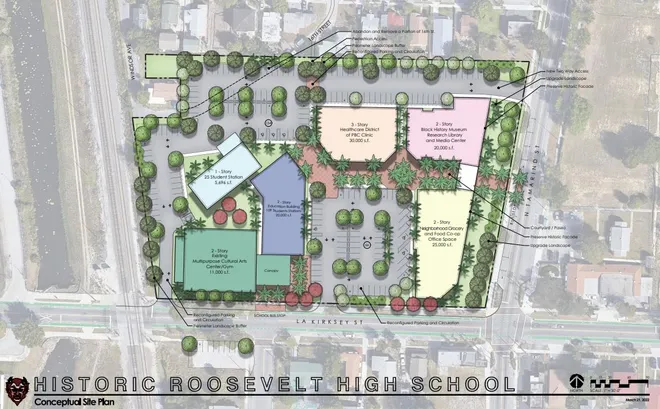
While the district pauses projects as a precaution, Cowen said that the impact of vouchers won’t be felt all at once when school starts Aug. 10.
“The dollar loss comes later. It’s not a mass exodus of students in the first year,” he said. “It’s what we call a ‘creep.’ Eventually, (a voucher program) becomes so baked in that it becomes one of the options.”
That’s not to say that educational choices don’t have upsides: Palm Beach County private schools range from schools that teach classes in French to schools that host weekly Mass and schools that have rigorous fine arts programs.
As the leader of public schools in the county, Burke said he’s going to work “as hard as possible” not to let the voucher program hurt students and staff.
“You are going to diminish resources for the existing public school students. I don’t feel like this is good policy,” he said in March. “Public education is a cornerstone of our democracy.”



